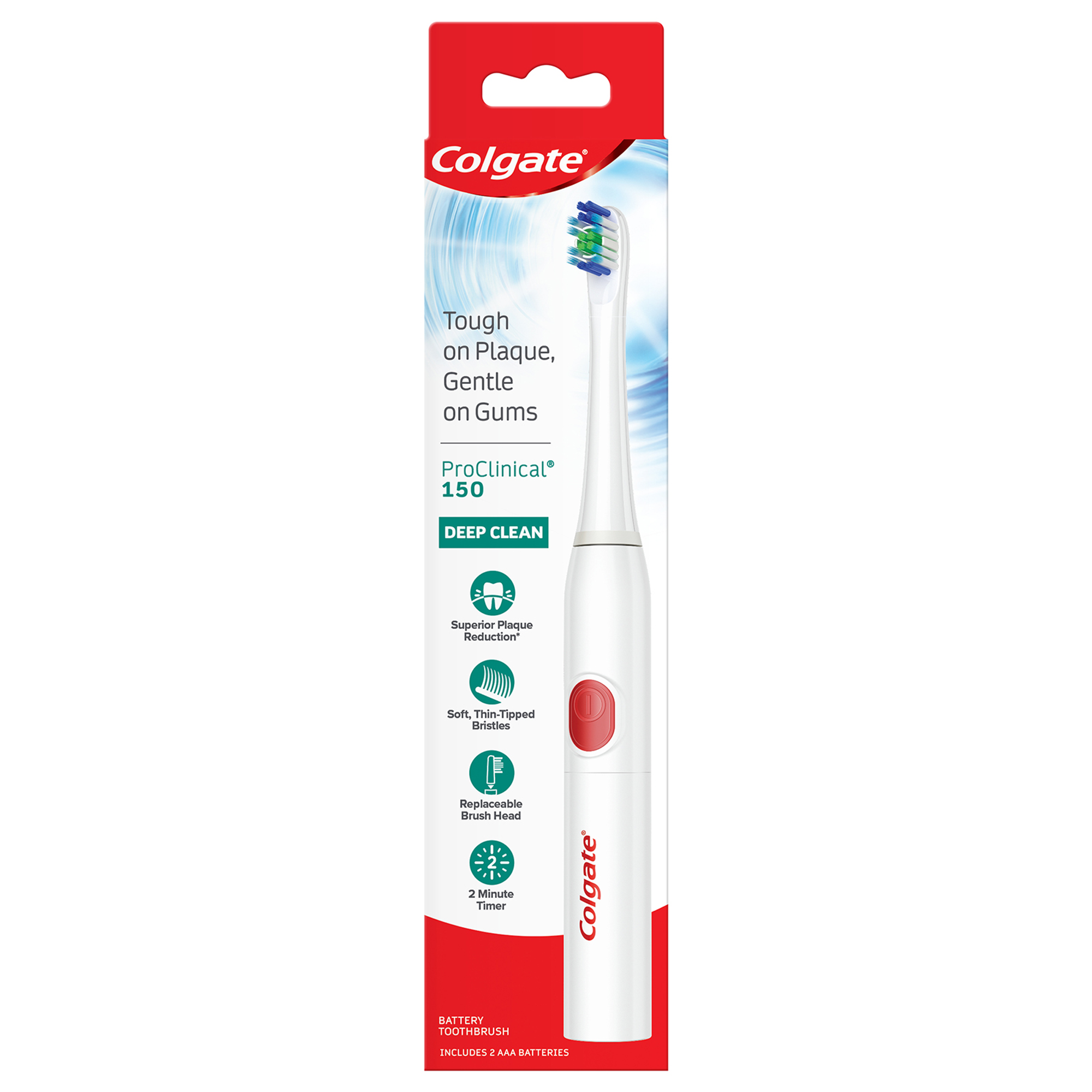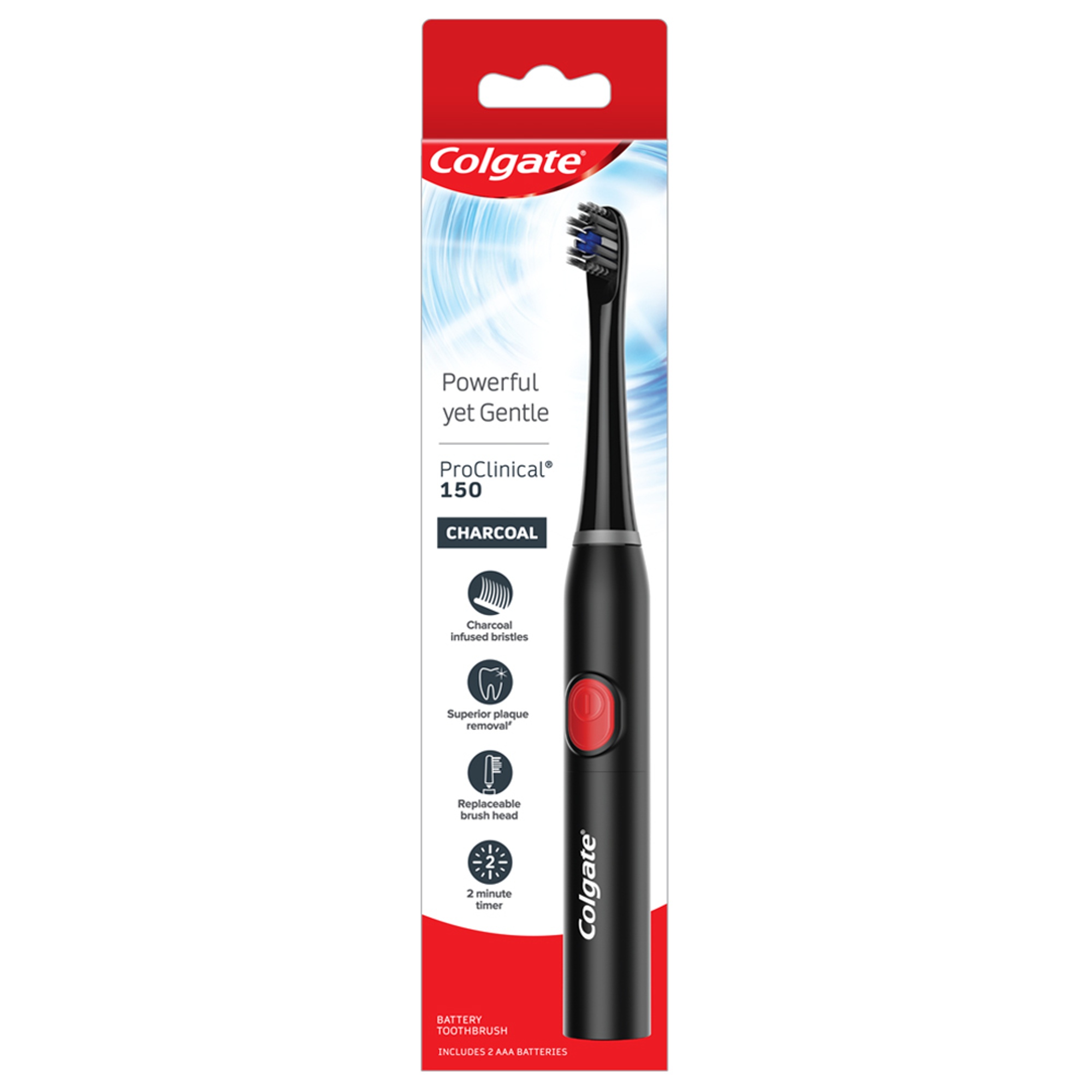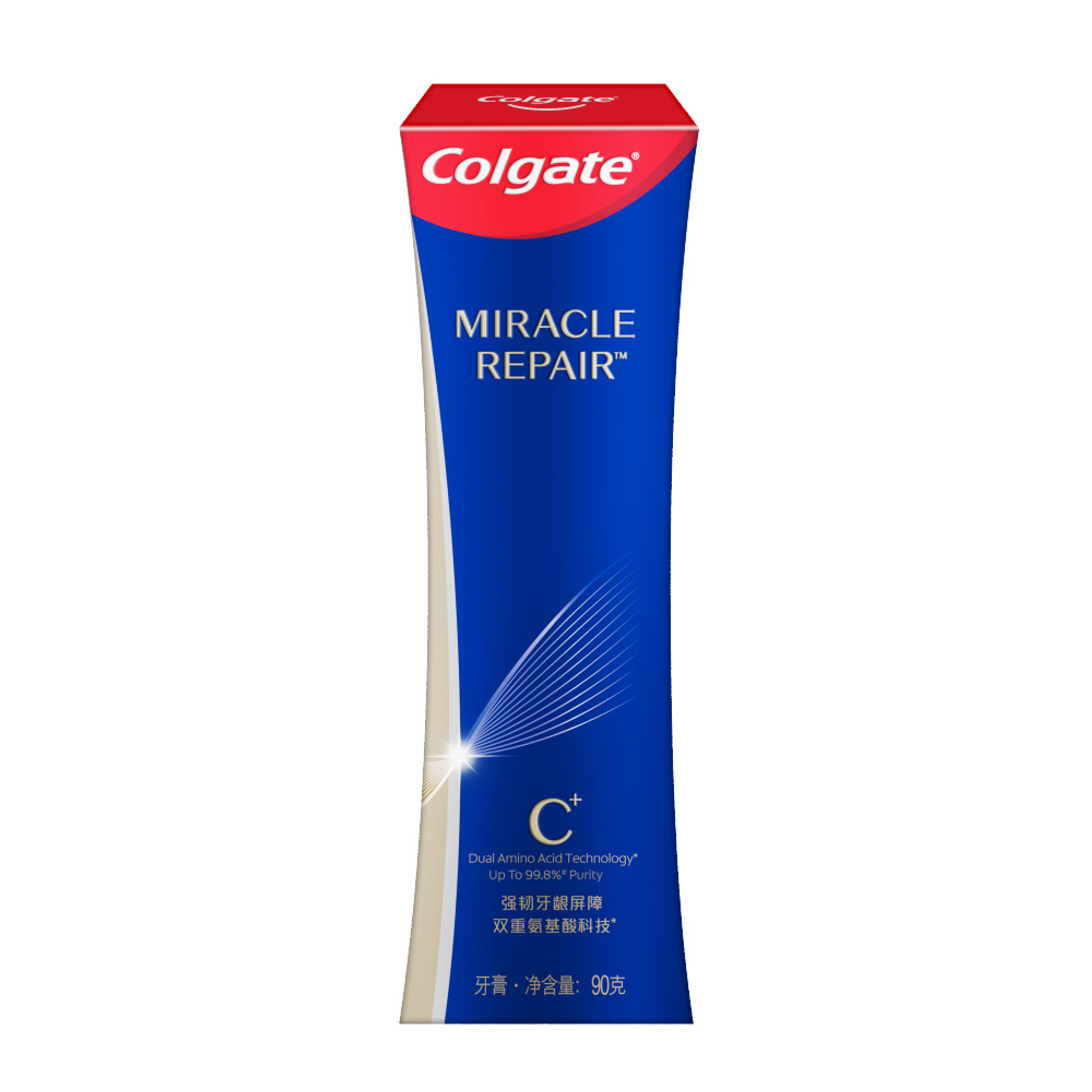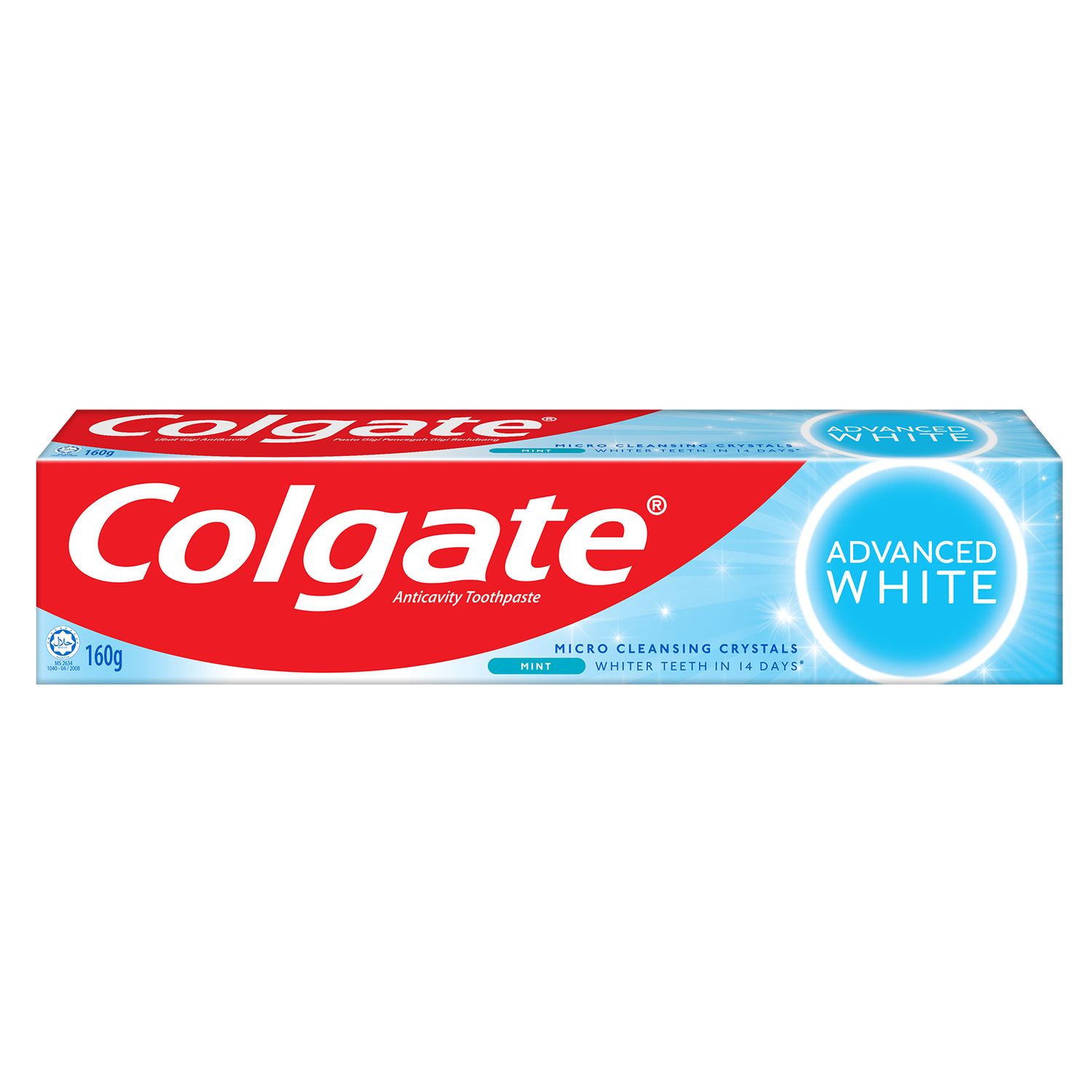Traditional Dental Bridges
Traditional bridges are the most popular types of dental bridges. They are used when your natural teeth surround a missing tooth or gap on both sides. These bridges consist of one or more pontic teeth that are held in place by two abutment teeth. “Abutment teeth” are natural teeth that are given dental crowns to support the fake teeth (“pontics") between them.
Traditional bridges, usually made of ceramic or porcelain material fused to metal, are strong enough to replace molars. However, there is a downside to traditional bridges. To put dental crowns on your adjacent teeth, your dentist will need to remove some of the enamel from the two teeth to make room for the crowns on top. Removing enamel is irreversible since enamel doesn’t grow back. These teeth will always need to be protected with crowns, even if you are fitted with a different type of dental bridge later on.
Cantilever Bridges
Similar to traditional bridges, cantilever bridges are attached to an abutment tooth, but just on one side. When natural teeth are only present on one side of a gap, cantilever bridges are used so a bridge can still be secured.
Like traditional bridges, your dentist will need to prepare the adjacent tooth to support the bridge by removing its enamel. And because cantilever bridges are only supported on one side, there is a higher chance of complications like fractured teeth or loosened crowns, as noted by the Journal of American Science in the United States.
Maryland Bridges
Maryland bridges, or resin-bonded bridges, are often recommended for replacing teeth at the front of the mouth. These bridges use metal or porcelain bands to bind a pontic to the backs of adjacent natural teeth.
Although considered a more conservative alternative to traditional bridges, Maryland bridges do not require adjacent teeth to have their enamel removed, as the bridge doesn’t need to be held in place by crowns. The downside of this is that Maryland bridges are not as durable as traditional bridges. The Maryland bridge is only as strong as the binding material that holds it together, so it may not stay in place in areas like the molars where teeth experience a lot of biting force.
Implant-Supported Bridges
Implant-supported bridges are similar to regular dental bridges, but instead of being supported by natural teeth, they are supported by dental implants. These bridges are used when you have more than one missing tooth or when there is a higher chance you could put too much pressure on individual implants that are not connected.
Here’s how they work: One dental implant is placed for every missing tooth to create a series that holds the bridge in place. In some cases, your dentist may include a pontic suspended between two implant-supported crowns if it’s not possible to place one implant for every lost tooth. Since two surgeries are required for implant-supported crowns, one to set the dental implants and one to place the bridge, be prepared for the process to take several months to get your finished implant-supported bridge.
Caring for Dental Bridges
Every type of dental bridge requires a commitment to attentive oral care. Most dental bridges last five to seven years, but with good oral hygiene, they could last ten years or longer. Talk to your dentist about how to effectively clean your dental bridges and consider avoiding foods that are more likely to cause problems, like nuts, caramel and popcorn.
You’re not far from rocking your smile with confidence once again. With so many types of dental bridges available, you and your dentist can easily find the best fit for you!













